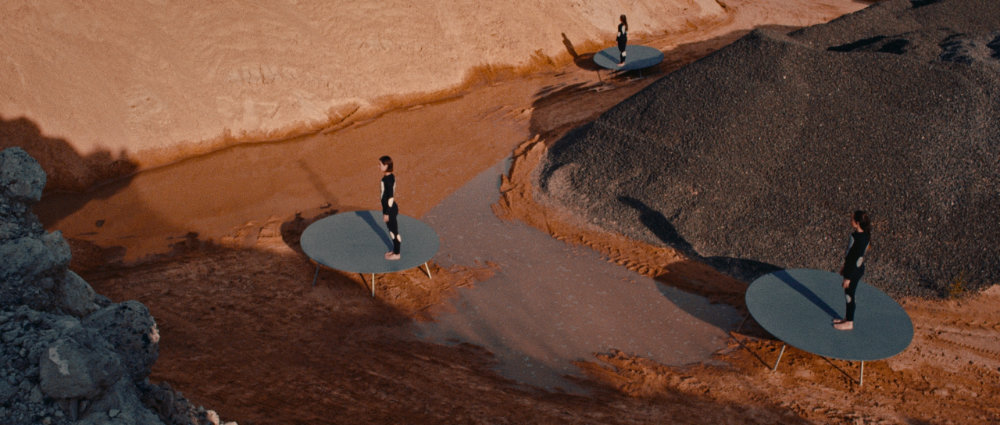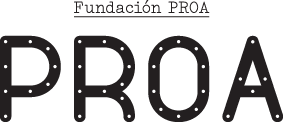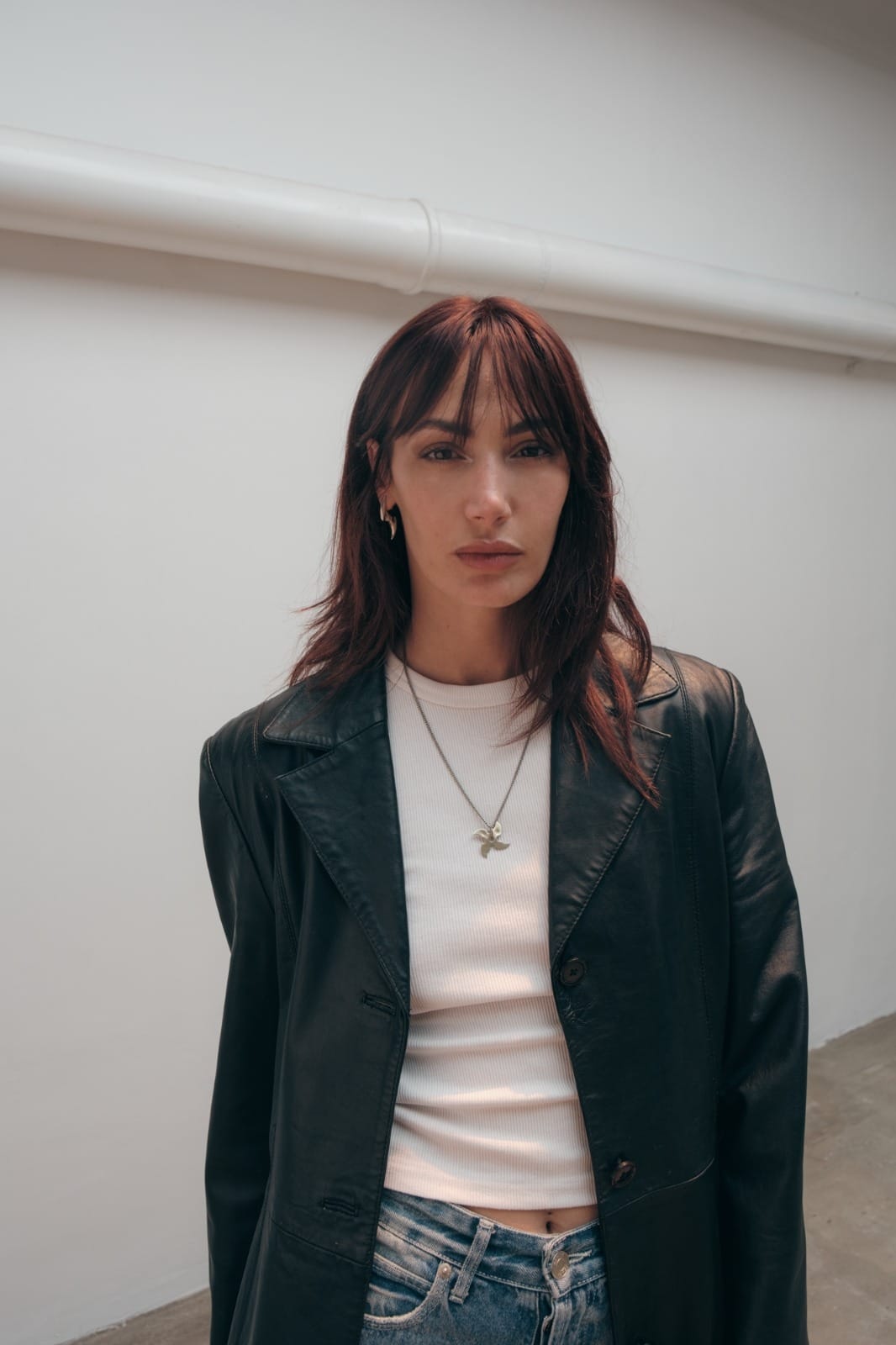
Selected for AFI '25 by Fundación Proa, Buenos Aires.

What drives you to work with moving images, and when did you first become interested in this medium?
I have always conceived art as a form of expanded choreography, where movement extends beyond the body to encompass space, light, sound, and image. My interest in moving images arose from the need to capture the ephemeral and construct altered spaces of perception. Dance was my first field of exploration, but cinema allowed me to expand the notion of the body—not only in physical terms but also in its symbolic, political, and affective dimensions.
I work with moving images because I am drawn to the elastic temporality of cinema—the ability to pause, repeat, fragment, and superimpose layers of meaning. I am interested in the tension between what is shown and what is hidden, between the visible and the latent. From my early explorations in video art to my current projects, I have always felt that cinema is not merely a form of representation but a way of generating altered states of experience and perception.
Can you discuss the potential that dreams and altered states of reality offer individuals and societies? How do you think this is reflected in cinema and, specifically, in your work?
Dreams and altered states of consciousness allow us to access realities that exist beyond the limits imposed by rationality. They are territories of symbolic freedom, where time and identity deconstruct and reassemble in unexpected ways. On an individual level, these states connect us to unconscious zones of memory and desire; on a societal level, they can function as spaces of resistance, imagination, and the creation of alternative futures.
Cinema has the unique capacity to translate these states into images, sound, and movement. From early avant-garde experiments to contemporary explorations in experimental film, the screen has served as a portal to the oneiric, the hallucinatory, and the spectral. In my work, these elements appear in the way I disrupt linear narrative, in the use of the body as a site of transformation, and in how light and shadow create atmospheres that oscillate between the real and the unreal. I am particularly interested in how perception can be manipulated through editing, the fragmentation of time, and the intersection between digital and organic elements.
Share a list of books, music, films, artworks, thinkers, spaces, and places that inspire your practice and have particularly influenced your thinking around this film.
What new projects or lines of research are you currently working on?
I am currently developing a new work that will be premiered and co-produced by Teatro Colón. It is an immersive multidisciplinary experience that fuses performing arts, cinema, live music, and performance. The piece explores the impact of traumatic events on society, addressing human vulnerability, solidarity, and resilience.
This project represents an expansion of my research into the body, imagery, and collective memory, exploring how technology and cinema can redefine the performative experience.


© 2025 www.crawfordartgallery.ie